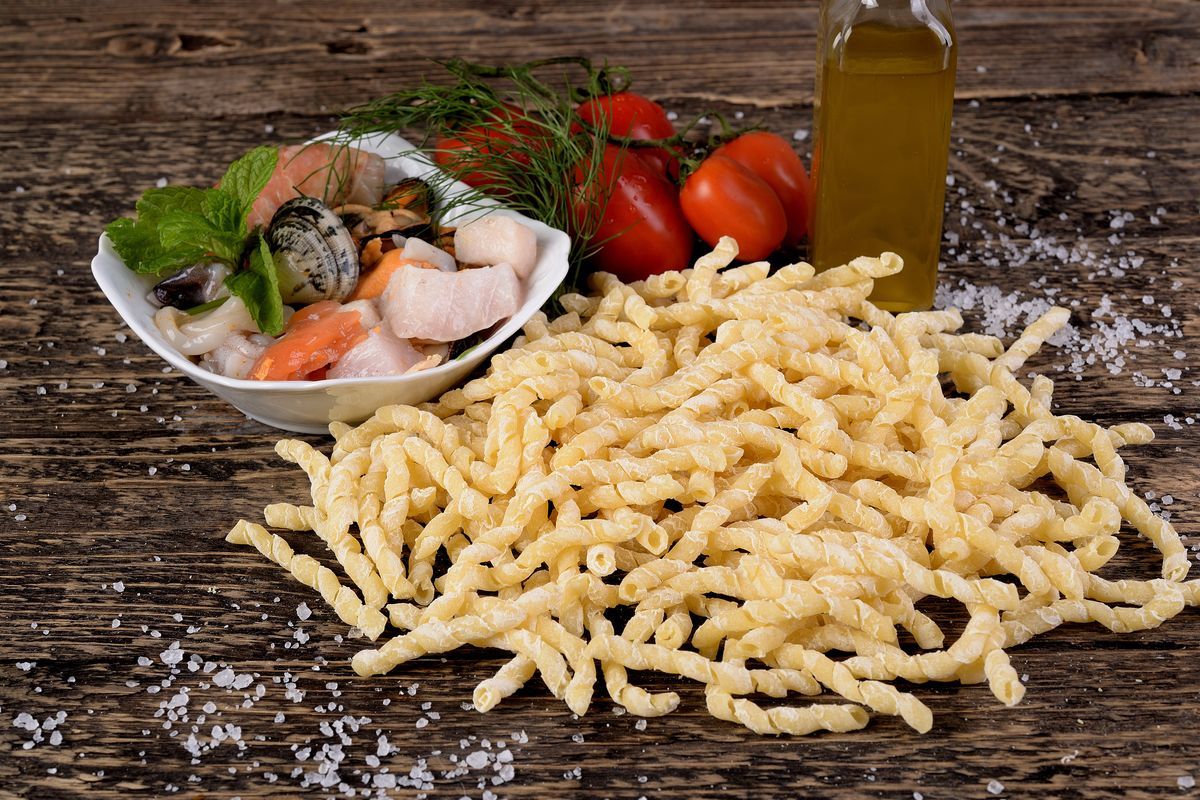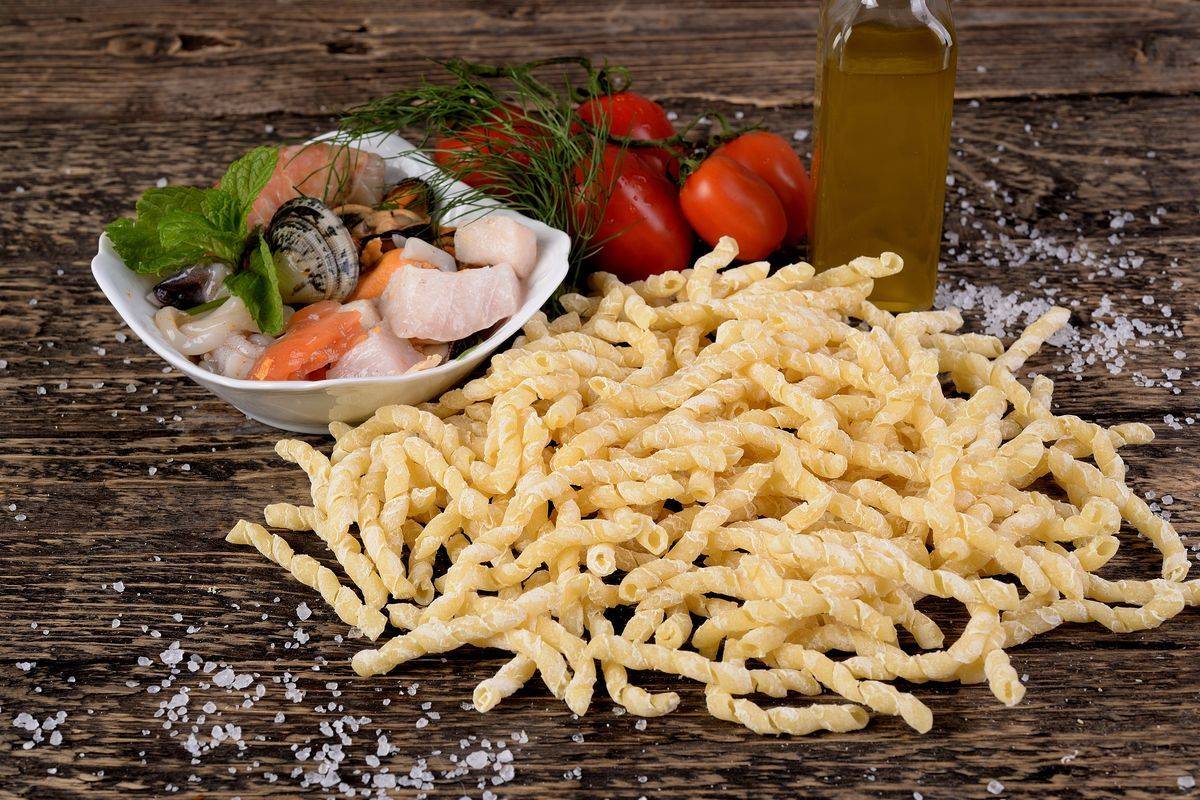Recipes
If you love homemade pasta you have to try the busiate!

Busiate are a typical Sicilian pasta shape. Here's how to prepare them with the original recipe and some ideas for the sauce.
When it comes to pasta shapes , Italy certainly doesn't leave us hungry. From north to south they are almost infinite and every region, province, sometimes country has its own. When we talk about Sicily it is impossible not to mention the Trapani busiate.
This typical Sicilian recipe has very ancient origins and can be traced back to when Trapani was a commercial port that welcomed Ligurian traders returning from the East. They are the ones who brought the Genoese pesto, then revisited with the flavors of the island and transforming it into pesto alla trapanese, with almonds and tomatoes.
Returning to the pasta format, however, various legends circulate about the origin of the term. According to some it indicates the particular woolen iron used for working the dough, precisely called buso , while according to others the buso was the rush cane , used in a similar way to the previous one.

How to prepare the busiate recipe
- Make a well of the flour on a wooden pastry board and add the water to the centre, a little at a time. Knead vigorously with your hands for about ten minutes until you obtain a smooth and homogeneous dough. Wrap it in plastic wrap and let it rest for at least half an hour.
- Now separate some portions of dough and work them with your hands so as to give it the shape of a string of half a centimeter in diameter and 5-6 in length.
- Starting from one end, start rolling them around the bust (you can use a large skewer toothpick ), giving it the characteristic spiral shape.
- Place the busiate on a floured work surface and let them dry for a few hours before cooking.
How to dress Trapani busiate
The busiate are a pasta shape that welcomes the sauce in an amazing way. That's why they are often enriched with full-bodied condiments such as swordfish and cherry tomato sauce .
Easier to prepare and equally delicious, pesto alla trapanese is the classic condiment of the dish. Alternatively, try the pistachio pesto and you will feel what a delight!
storage
This raw pasta can be kept for a few weeks , inside a clean cloth bag and away from heat sources. Instead, as regards cooked (and seasoned) pasta, we recommend consuming it immediately as soon as it is ready.
Riproduzione riservata © - WT











